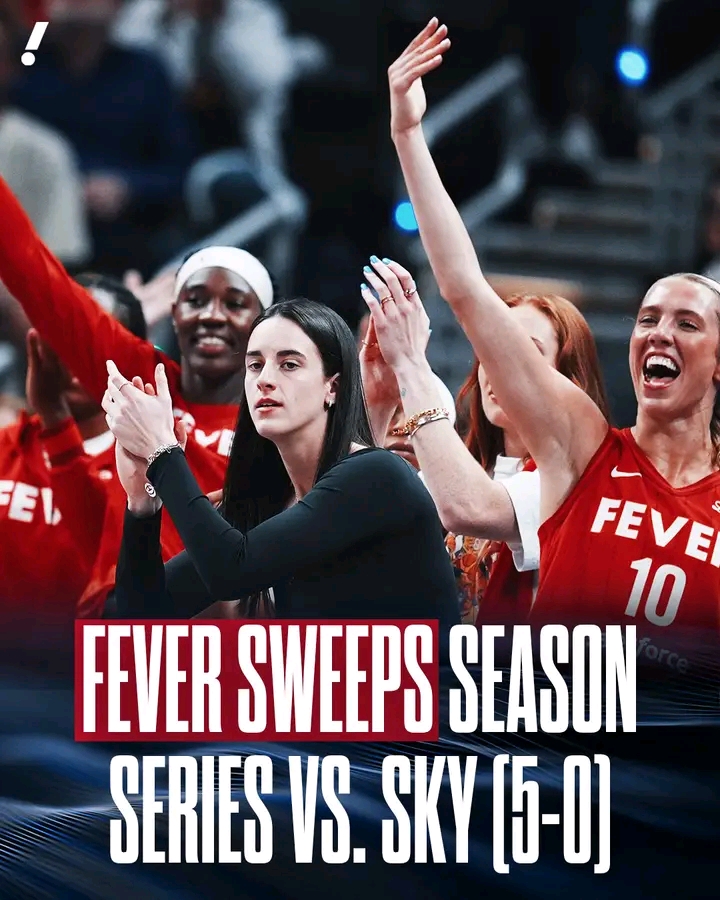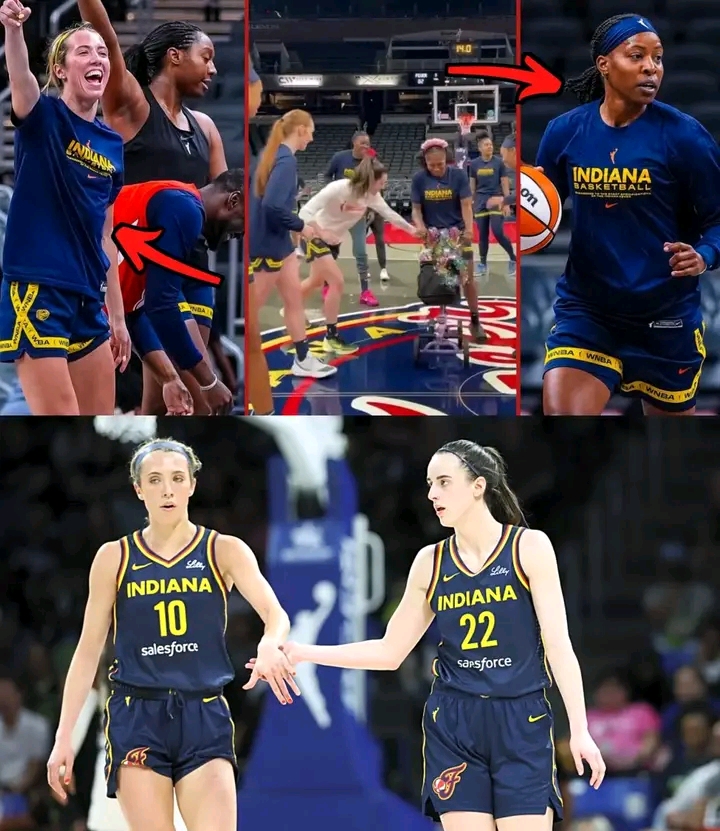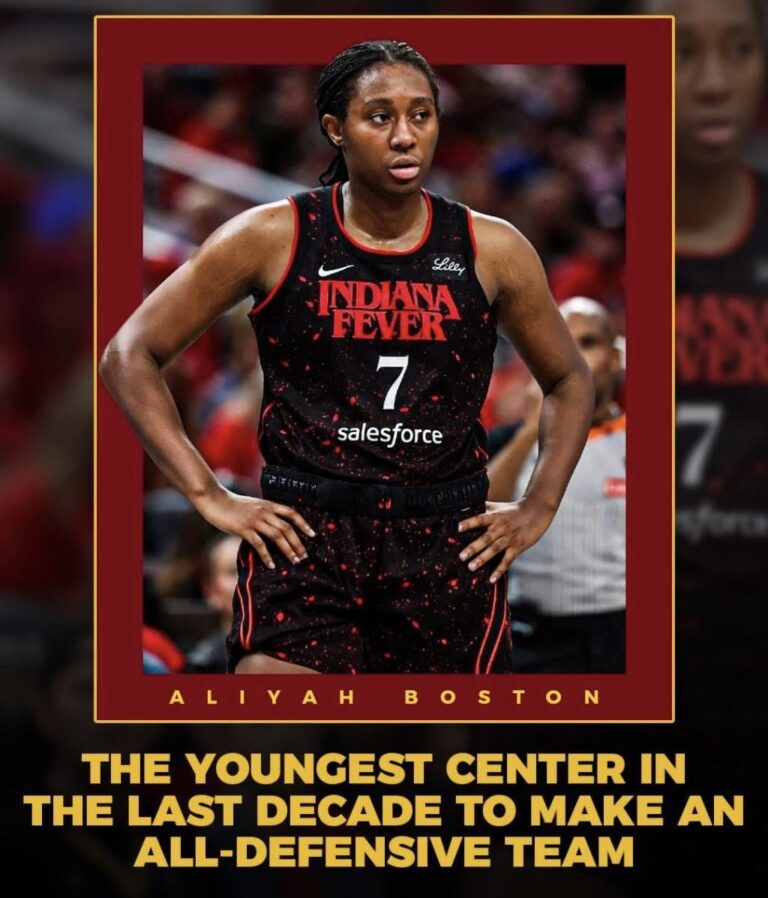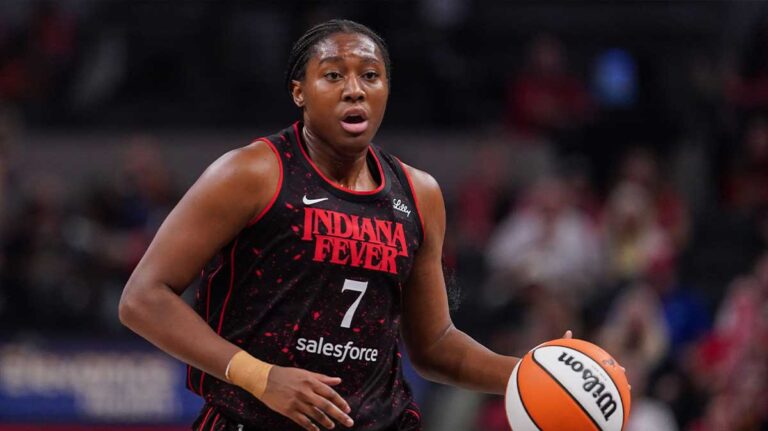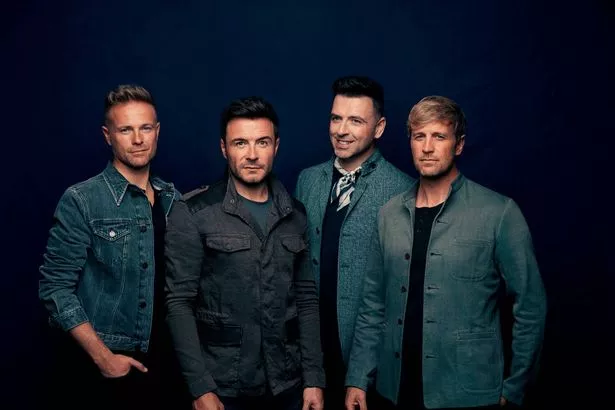
Westlife, one of the most iconic boy bands of the late 1990s and early 2000s, captured the hearts of millions with their harmonious ballads and boy-next-door charm. For a decade, they reigned supreme on the global pop scene, releasing chart-topping albums, selling out arenas, and amassing a loyal fanbase that spanned generations. However, their meteoric rise to fame was accompanied by moments of turbulence, leading to a series of challenges that ultimately led to the group’s decline. This article explores the journey of Westlife from their unparalleled success to the personal and professional struggles that led to their disbandment.
The Formation: From ‘I’m Your Man’ to Westlife
Westlife’s story began in 1998 in Dublin, Ireland. The group was formed by music manager Louis Walsh, who was already known for his success with other boy bands like Boyzone. Originally intended as a replacement for a group called “IOU,” Westlife was made up of five talented young men: Shane Filan, Mark Feehily, Kian Egan, Nicky Byrne, and Brian McFadden.
Their debut single, “Swear It Again,” was released in 1999 and quickly became a massive hit, reaching number one on the UK Singles Chart. The group’s initial success set the stage for their rapid rise to stardom. Unlike many boy bands of the time, Westlife’s image was polished but still approachable—no gimmicks, just clean-cut lads with powerful voices and a penchant for love ballads.
A Decade of Success: Chart Toppers and Record-Breaking Achievements
Throughout the early 2000s, Westlife cemented their place in pop history. Their first album, Westlife (1999), was an instant hit, featuring songs like “Flying Without Wings” and “I Have a Dream,” both of which became international hits. These tracks exemplified the band’s signature sound—sweeping, emotive ballads that resonated with fans around the world. The album went on to sell millions of copies worldwide, and Westlife quickly became one of the most successful boy bands of their era.
The band’s second album, Coast to Coast (2000), continued their success, producing hits like “My Love” and “Seasons in the Sun.” The album was another chart-topping success and further solidified Westlife as global pop icons. They followed this with World of Our Own (2001), Unbreakable (2002), and Turnaround (2003), all of which produced multiple hit singles.
By 2004, Westlife had become a household name, with a string of number-one hits in the UK and a massive international fanbase. Their success wasn’t confined to the UK— they were also achieving chart success in countries such as Australia, Asia, and even South America, further establishing them as a global phenomenon. At their peak, they had sold over 55 million records worldwide, making them one of the best-selling music artists in the world.
The Departure of Brian McFadden: A Turning Point
Despite their soaring success, the band faced internal struggles that would eventually lead to a significant turning point in their career. In 2004, after years of living in the spotlight, Brian McFadden announced his departure from Westlife. His decision to leave shocked fans and the media alike. McFadden cited personal reasons for his exit, including wanting to spend more time with his family and pursue a solo career.
At the time, McFadden’s departure left a notable void in the group. He was often seen as the band’s cheeky, charismatic member, and his vocals complemented those of Shane Filan and Mark Feehily. Despite the initial shock, the remaining members—Shane, Mark, Kian, and Nicky—decided to continue as a four-piece.
While McFadden’s departure didn’t immediately derail the band’s career, it marked the beginning of a gradual shift in Westlife’s dynamics. Their next album, Allow Us to Be Frank (2004), featured a collection of swing covers and showcased a new direction for the band. While it received mixed reviews, the album still managed to achieve commercial success.
The Decline: Changing Musical Landscape and Strained Relationships
As the mid-2000s progressed, the music landscape began to change. The rise of indie rock bands, electronic music, and a more alternative pop sound meant that the market for traditional boy bands began to dwindle. Westlife’s traditional ballad-heavy style, once a winning formula, started to seem out of place in a rapidly evolving music industry.
Meanwhile, behind the scenes, tensions were growing within the group. As the band members grew older, the pressures of constant touring, media scrutiny, and the demands of their careers started to take a toll on their personal lives. Relationships within the band were strained, and it became evident that some members were less enthusiastic about continuing their journey as a group.
In 2008, Westlife’s album Back Home was released. While it included some successful tracks like “Home” and “What About Now,” it was clear that the group was struggling to keep pace with the changing trends in popular music. Fans were still loyal, but the once-unassailable dominance of Westlife began to fade.
The Final Years: Solo Careers and Disbandment
As Westlife’s career entered its final years, members began to explore solo projects. Kian Egan found success on his own with television appearances and musical endeavors, while Shane Filan, Mark Feehily, and Nicky Byrne each pursued solo music careers to varying degrees. These personal ventures signaled the beginning of the end for Westlife, as members began to step away from the group to focus on their individual aspirations.
In 2011, after a decade of hits, Westlife announced that they would be disbanding after one final tour. Their farewell tour, aptly titled Greatest Hits Tour, was a poignant and emotional farewell to the group’s fans, with sold-out arenas across the world celebrating the band’s legacy.
Westlife’s final performance was on June 23, 2012, at Croke Park in Dublin, Ireland, bringing an end to a chapter in music history that had captured the hearts of millions. By the time of their disbandment, Westlife had achieved 14 number-one singles in the UK, seven number-one albums, and had broken numerous records for a boy band.
The Aftermath: A Legacy and Reunion
Although the band’s disbandment marked the end of an era, their legacy was far from over. Over the years, Westlife’s music has remained a staple of 90s and early-2000s pop culture. Their hits continue to resonate with fans, many of whom have remained devoted to the group even after their break-up.
In 2018, Westlife made an unexpected return to the music scene. The band reunited with all four remaining members—Shane, Mark, Kian, and Nicky—and released The Twenty Tour, marking a new chapter in their journey. Their reunion was met with an overwhelmingly positive response, with fans flocking to concerts and eagerly awaiting new music. In 2019, they released Spectrum, their first new album in nine years, which was well-received by fans and critics alike.
Despite the challenges they faced, the rise and fall of Westlife is a testament to the power of pop music and the loyalty of their fanbase. From their meteoric rise to the complexities of their later years, Westlife’s story is one of triumph, heartbreak, and resilience. As they continue to tour and make music, the legend of Westlife lives on, and their place in pop history remains firmly secured.
Conclusion: The Enduring Appeal of Westlife
Westlife’s journey from a group of unknown Irish lads to global pop superstars is one of the most remarkable success stories in the history of modern music. Their harmonious ballads and distinctive sound dominated the charts for more than a decade, and their legacy continues to influence boy bands that followed. Despite the challenges and the inevitable decline of their peak, the band’s ability to reinvent themselves and reconnect with fans proves that their bond and talent are timeless.
Though their rise and fall followed the familiar trajectory of many pop acts, the bond Westlife formed with their fans, and their ability to deliver songs that tug at the heartstrings, has left an indelible mark on pop culture. The story of Westlife is a reminder that fame is fleeting, but the music you create and the connections you make with your audience can last a lifetime.
